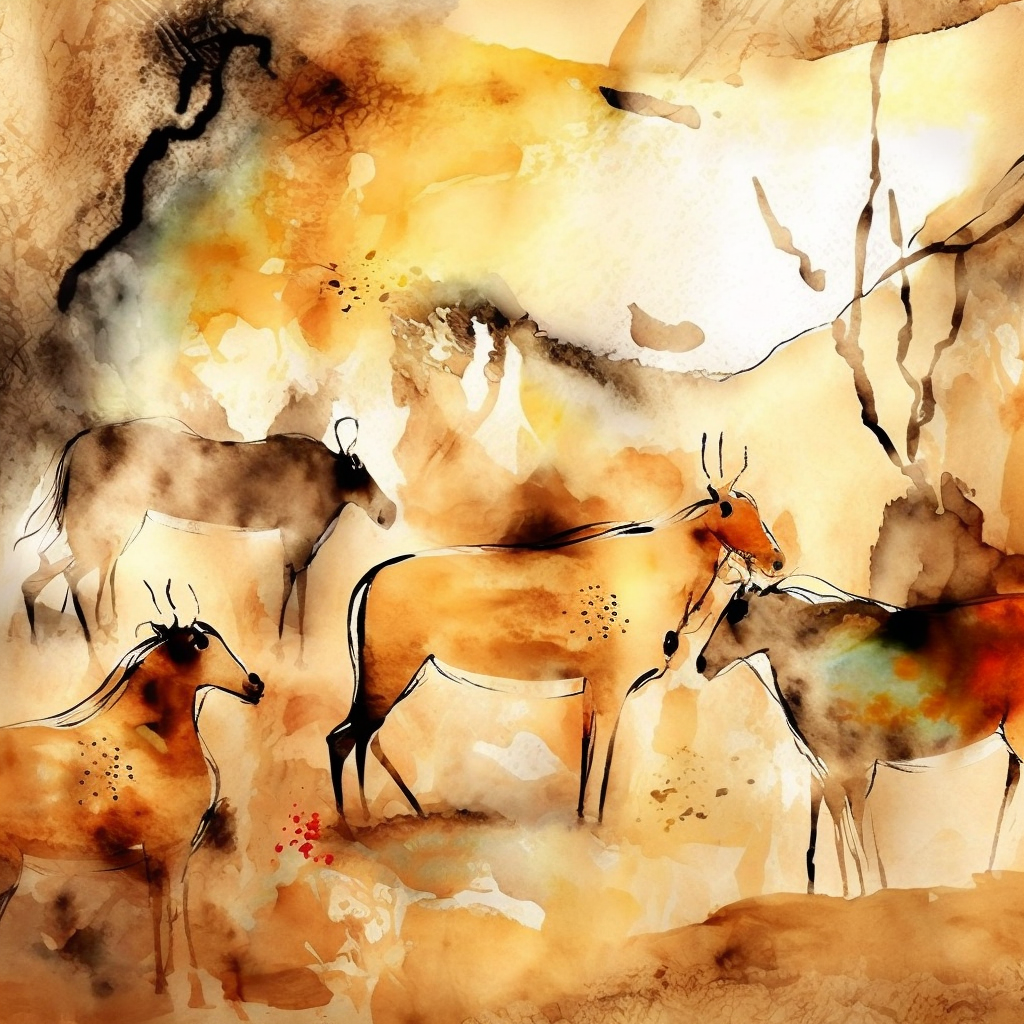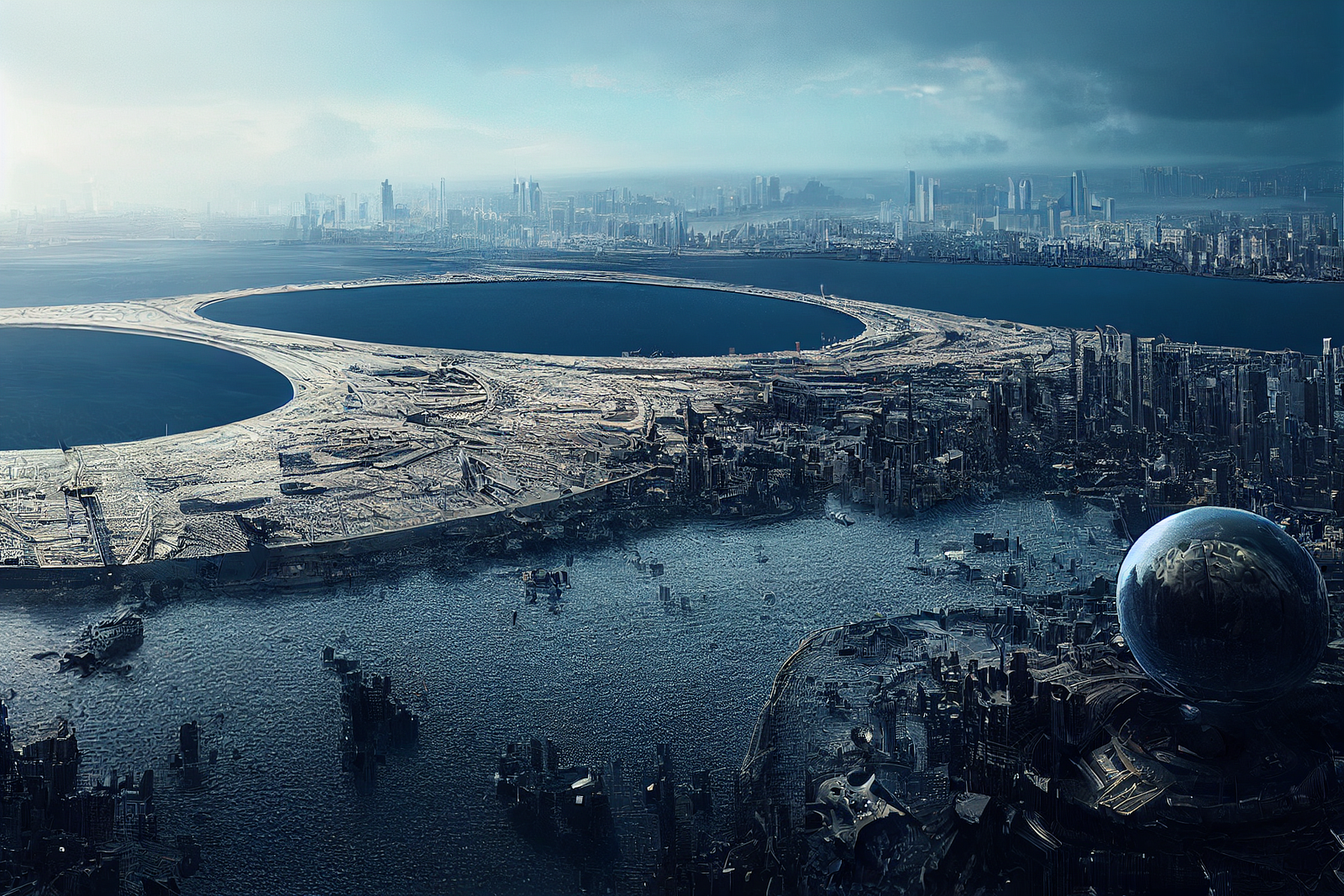What are we without art?
I still remember, even today, the excitement I felt getting the 120 Crayola crayon box as a little girl. The newfound ability to design and draw with so many colors astounded me. I could color trees and leaves the way I saw them in various shades of brown and green, not just one. I sat on the cool tile floor in our living room with copy paper spread around me like a patchwork blanket covered in a multitude of colorful sketches.
My love for art and expressing my imagination through it increased as I learned more and took more classes. When I reached adulthood, expensive pens, paints, and other materials limited what I could create and how often. The bargain products that produced lackluster results were the ones that I resigned myself to using. At least this gave me the chance to put paintbrush to canvas, and that alone brought me great joy. I agonized over how to stretch my budget and rationalize buying a single $20 brush required for my college art class, and the weight of that decision lingered for weeks afterward.
Now, all those comments and jokes about the starving artist made sense. For me, to produce works of art to share would require sacrifice. Which seemed impossible to do on a minimal $8-an-hour job. How do I justify the money for painting supplies when I need gas for my car to drive to work? What would I be if not an artist? Many people don’t understand the true value of art. Many will dismiss it as an unnecessary endeavor that doesn’t benefit society. Society needs art to function in ways most don’t realize. Art influences and inspires, proselytizes, and allows opportunities to exert control over millions.
In 2018, the oldest accepted drawing in Blombos, South Africa, was found in a cavern. It’s believed to be 73,000 years old. Some argue that carvings on shells in a zigzag pattern, estimated to be 500,000 years old, might be the earliest identified examples of Homo Erectus creating art. One of the most famous and widely referenced cave murals in France, the Lascaux Paintings, depicts bulls and horses in very impressive detail for the time they were created, 17,000 years ago. What motivated our ancestors to design the tools and craft the ingredients needed to leave imprints of their presence on the only durable and long-lasting surface they could identify, rock walls in caves? Did they leave these renderings hoping to guide future generations on where to discover food? Did they yearn to share their struggles or triumphs for others to find?

As the human species evolved, they continued to explore ways to create art. From fertility tokens chiseled into stone, paint, and etchings meticulously arranged in pyramids to track the lives and deaths of Pharaohs, humans never stopped creating for a myriad of reasons. Soon humanity became more adept at understanding the minerals and processes needed to make more complex and permanent artistic creations. And then realized the power to transform stories, fables, and gods worshipped throughout the world into a visual medium.
Many Roman surviving artworks date back to the 1st century BC and include a wide variety of expressions from sculpture, architecture, clothing, jewelry, and painting. They adorned their empire with immense decorative collections that included landscapes, portraits, depictions of achievements, and paintings celebrating the winning of great battles known as Triumphal Paintings. Art existed in both their formal and daily lives. With utilitarian items like ceramic pots and glass. As well as cameos of prominent leaders that resembled carved gems. Is it possible to imagine Rome without the Pantheon or Michelangelo’s Pieta sculpture?
Throughout Europe until 1700, nearly all artworks were commissioned for churches, meaning most artwork from the dark ages until then featured religious ideas and icons. Art gave religious institutions the capability to further spread their message and to gain power through artistic depictions of Jesus on the cross, Leonardo da Vinci’s “The Last Supper”, and the many painted and sculptural pieces that rest in museums and places of worship showing the virgin Mary and her child. Would people feel so drawn to worship without these images? Would their absence be felt? I think you know the answer is, yes.
Centuries later, art still enraptures our lives from the websites we visit and the political parties we follow. News articles always include photos to attract your attention to their story to gain readers and interactions. Politicians integrate symbols, logos, color schemes, and video montages into their campaign materials. World leaders and dictators incorporate artwork into the very culture of the countries they represent.
There’s the hardline mandate that every house in North Korea must display a portrait of Kim Il-sung in their living rooms. This shows the power imagery wields over an entire population. Art grants a person or group the ability to transcend time and reach people wherever they may live. Sometimes in your home, or long after the original creator passed away, like the historical artifacts that still survive to this day.
Everyday art continues to evolve and expand our understanding of ourselves and the world. It can encourage you to try an experience or explore a community you never knew about. It might even inspire you to venture off to foreign countries or unfamiliar places to see great works of art in person. In our everyday life, art provides entertainment and sells the latest and hottest products. Look around and you will notice that design exists in every item or advertisement while you shop or log on to social media. Art is design, color, motion, music, photos, and videos. You’ll find it in the patterns of your favorite winter sweater and on the console of the car you drive. Everything that you touch is created, imagined and produced through some sort of artistic process. Where would you be without the creations made by human hands?

Most recently, a new accessible and affordable art form is gaining popularity and allows anyone wanting to express their imagination through images the chance to do so. You don’t need paintbrushes or pencils and it offers an innovative way to make artwork. Even those unable to draw a stick figure will produce something awesome. It’s ai-generated art, and for someone like me who struggled as a student to afford the supplies needed for a single painting, this digital option provides an opportunity to create stunning pieces with only your smartphone or computer. So, this is a welcome game-changer for those without financial means or who are interested in learning a contemporary creative medium.
AI-generated art was developed back in the 1960s by Harold Cohen, a British-born artist. He created AARON, a series of computer programs, to make original artwork. Then he would use machines to print physical versions. AARON generated pieces in many artistic genres from abstract to representational in the 1980s. For AARON to learn additional imagery, it must be coded by Cohen. However, this program can produce an endless number of pictures in its particular style.
Until the 1990s, AI was mainly used to create visual effects. As the algorithms increased in popularity and versatility, artists used them for music and poetry. By 2014, generative adversarial networks allowed for the generation of original images, and in 2021 OpenAI, an artificial intelligence research laboratory founded in 2015, released DALL-E (now in its second version DALL-E 2 and open to the public) a text to prompt AI image generator. Some of the most popular ones that you can check out are DALL — E 2, Midjourney, Night cafe, and Starry AI.
Just like our Homo Erectus ancestors who left their mark on the cave walls thousands of years ago, you can make your own by typing words into a box and generating a unique image. And, in a way, you’ll be contributing to the future of art and what it becomes going forward.





Comments
Post a Comment